Comprensión de los azulejos autoadhesivos resistentes al calor
Los azulejos autoadhesivos resistentes al calor están ganando popularidad gracias a su combinación de estilo y practicidad. Estos azulejos están especialmente diseñados para soportar las altas temperaturas de las cocinas, ofreciendo una excelente solución para mejoras estéticas y funcionales.
¿Qué son las baldosas autoadhesivas resistentes al calor?
- Azulejos que pueden soportar altas temperaturas
- Fácil de instalar y quitar sin dañarlo.
- Disponible en varios materiales y estilos.
Los azulejos resistentes al calor están diseñados para soportar el calor cerca de estufas y hornos. Se instalan fácilmente retirando el soporte y pegándolos a la pared. Si decide cambiar la decoración de su cocina más adelante, estos azulejos se pueden quitar sin dañar la pared subyacente. Están disponibles en diferentes materiales, como cerámica, piedra e incluso acero inoxidable, lo que ofrece opciones que se adaptan a cualquier estilo de cocina.
¿Por qué utilizar azulejos resistentes al calor en su cocina?
- Mejore la durabilidad de la cocina
- Mejorar la estética de la cocina
- Aumentar el valor de la vivienda
Usar azulejos resistentes al calor en la cocina puede prolongar su vida útil hasta un 30 % gracias a su durabilidad. Le aportan un toque moderno, dándole un aspecto elegante y fresco. Esta mejora también puede aumentar el valor de su vivienda, convirtiéndola en una inversión que vale la pena.
Lugares comunes de instalación
- Salpicaderos detrás de estufas
- Muros adyacentes a los hornos
- Áreas de cocina de alto tráfico
Estos azulejos suelen instalarse en zonas expuestas a altas temperaturas, como salpicaderos detrás de estufas y paredes junto a hornos. También son una buena opción para cocinas con mucho tráfico, donde la durabilidad es fundamental.
Para obtener más información sobre cómo crear un protector contra salpicaduras rápido y elegante en cocinas o baños, consulte nuestra Guía para salpicaderos con azulejos autoadhesivos .
Comparación de diferentes materiales
Al elegir azulejos autoadhesivos resistentes al calor, el material es crucial. Cada tipo de material ofrece diferentes ventajas y desventajas, por lo que es fundamental elegir el adecuado para su cocina.
¿Qué materiales están disponibles?
- Cerámico
- Acero inoxidable
- Piedra
Las baldosas de cerámica son asequibles y fáciles de conseguir. Son fáciles de limpiar y ofrecen un aspecto clásico. Las baldosas de acero inoxidable aportan un toque elegante y moderno y tienen una excelente resistencia al calor. Las baldosas de piedra, por otro lado, ofrecen un aspecto natural y son muy duraderas.
Pros y contras de cada material
- Cerámica: asequible pero puede agrietarse
- Acero inoxidable: duradero pero puede abollarse.
- Piedra: Aspecto natural pero más pesada.
Las baldosas de cerámica son económicas, pero pueden agrietarse si no se manipulan con cuidado. El acero inoxidable es resistente al calor, pero puede abollarse si recibe golpes fuertes. Las baldosas de piedra son visualmente atractivas y resistentes, pero pueden ser pesadas y requieren un adhesivo fuerte.
Para conocer más de cerca las baldosas autoadhesivas a base de PVC, conocidas por su durabilidad y facilidad de uso, visite nuestro sitio web. Blog de azulejos autoadhesivos de PVC .
Cómo seleccionar el material adecuado para tu cocina
- Considere el estilo de la cocina
- Evaluar la exposición al calor
- Determinar las restricciones presupuestarias
Al elegir el material adecuado, tenga en cuenta el estilo actual de su cocina y la temperatura a la que estarán expuestos los azulejos. Además, tenga en cuenta su presupuesto, ya que algunos materiales pueden ser más caros que otros.
Proceso de instalación
Instalar azulejos autoadhesivos puede ser un proyecto de bricolaje satisfactorio, que le permitirá mejorar su cocina sin ayuda profesional.
Cómo prepararse para la instalación
- Limpiar la superficie de la pared
- Medir y planificar el diseño
- Reúne las herramientas necesarias
Antes de comenzar, limpie la superficie de la pared para eliminar la grasa y el polvo. Mida el área y planifique la distribución de los azulejos para evitar errores. Tenga a mano las herramientas necesarias, como una regla, un nivel y una cuchilla multiusos.
Para lograr una apariencia uniforme al aplicar azulejos sobre superficies de paneles de yeso pintados, consulte nuestra Guía para pegar azulejos en paredes pintadas .
Guía paso a paso para instalar baldosas autoadhesivas
- Retire el soporte
- Alinear y pegar la baldosa
- Presione firmemente para la adhesión
Comience retirando el soporte y alinee el azulejo con el diseño predeterminado. Péguelo a la pared y presione firmemente para asegurar una buena adherencia.
Consejos para garantizar resultados duraderos
- Evite instalar en condiciones de humedad.
- Sella los bordes para mayor protección
- Comprobar la adherencia periódicamente
Para obtener mejores resultados, evite instalar las baldosas en lugares con mucha humedad para evitar que se desprendan. Sellar los bordes puede proporcionar protección adicional contra la humedad. Compruebe periódicamente si las baldosas están bien adheridas y presiónelas si es necesario.
Aprenda a colocar nuevas baldosas sobre superficies de cerámica u otras baldosas antiguas en nuestro Guía para la aplicación de mosaicos autoadhesivos .
Mantenimiento y cuidado
Mantener sus azulejos autoadhesivos como nuevos es fácil con un mantenimiento y cuidado regulares.
Cómo limpiar azulejos resistentes al calor
- Utilice agua con jabón suave
- Evite los productos químicos agresivos
- Limpie regularmente para eliminar la grasa.
Limpie los azulejos con agua jabonosa suave y una esponja. Evite usar productos químicos agresivos que puedan dañar la superficie. Limpiar con regularidad eliminará la grasa y mantendrá los azulejos brillantes.
Cómo abordar problemas comunes como la descamación
- Inspeccione las baldosas periódicamente
- Vuelva a pegar las baldosas sueltas
- Utilice adhesivo resistente al calor para reparaciones.
Inspeccione sus azulejos periódicamente para detectar posibles bordes desprendidos. Si nota que un azulejo se está desprendiendo, vuelva a pegarlo con un adhesivo resistente al calor para asegurar que se mantenga en su lugar.
Para obtener más consejos sobre la limpieza y el mantenimiento de sus azulejos, consulte nuestra Guía de mantenimiento de baldosas autoadhesivas .
Recomendaciones para preservar la resistencia al calor
- Evite la exposición directa a las llamas.
- Utilice salvamanteles y protectores
- Mantener una ventilación adecuada
Para preservar la resistencia al calor, evite exponer los azulejos al fuego directo. Use salvamanteles y protectores para los objetos calientes y asegúrese de que la cocina esté bien ventilada para reducir la acumulación de calor.
Opciones de diseño y estética
Los azulejos pelables y adhesivos ofrecen una variedad de opciones de diseño y estética para adaptarse a cualquier estilo de cocina.
¿Qué estilos y acabados están disponibles?
- Moderno y elegante
- Natural y rústico
- Clásico y atemporal
Elija entre diseños modernos y elegantes para una cocina contemporánea o acabados naturales y rústicos para una atmósfera acogedora. También disponemos de azulejos clásicos y atemporales para una apariencia más tradicional.
Para una apariencia que imita el mármol sin el costo ni el peso, nuestro Guía de baldosas de mármol autoadhesivas Ofrece grandes perspectivas.
Cómo combinar azulejos con la decoración de la cocina existente
- Considere los esquemas de color
- Evaluar el tema de la cocina
- Incorporar elementos existentes
Al combinar los azulejos con la decoración actual, tenga en cuenta la paleta de colores y la temática general de su cocina. Incorpore elementos como gabinetes y encimeras para crear una apariencia cohesiva.
Tendencias en diseño de azulejos de cocina para 2025
- Colores y patrones atrevidos
- formas geométricas
- Materiales ecológicos
Espere ver colores y patrones llamativos, formas geométricas y materiales ecológicos en las tendencias de azulejos para cocina de 2025. Estas características aportan carácter y sostenibilidad a los diseños de cocina.
Explora nuevos patrones y tendencias de diseño en nuestra Blog de patrones de mosaicos modernos con sistema de pelado y pegado .
Conclusión
En conclusión, los azulejos autoadhesivos resistentes al calor ofrecen la solución ideal para quienes buscan renovar su cocina con estilo y durabilidad. Desde comprender los diferentes materiales hasta aprender sobre instalación y mantenimiento, estos azulejos hacen que las renovaciones de cocina sean fáciles y gratificantes. Con opciones de diseño para todos los gustos, puede transformar su cocina en una obra maestra moderna.
Para una opción confiable en baldosas resistentes al calor, considere las ofertas de Stickwoll como Cheques Timberline de Stickwoll y Horizonte Carmesí de Lana Pegajosa .
Preguntas frecuentes
¿Son los azulejos autoadhesivos lo suficientemente duraderos para las cocinas?
Sí, especialmente los resistentes al calor, diseñados para zonas de mucho calor como las cocinas. Son duraderos y resistentes con un mantenimiento adecuado.
¿Puedo instalar baldosas autoadhesivas yo mismo?
¡Por supuesto! Con algunas herramientas básicas y preparación, puedes instalar estas baldosas fácilmente como un proyecto de bricolaje.
¿Cuáles son los mejores materiales para baldosas resistentes al calor?
La cerámica, el acero inoxidable y la piedra son opciones populares por su durabilidad y resistencia al calor.
¿Cómo puedo quitar los azulejos autoadhesivos sin dañar la pared?
Para quitarlos, caliente suavemente las baldosas con un secador de pelo para aflojar el adhesivo y luego retírelas lentamente para evitar dañar la pared.
Para obtener más consejos y guías, visite nuestro Sección del blog de Stickwoll .


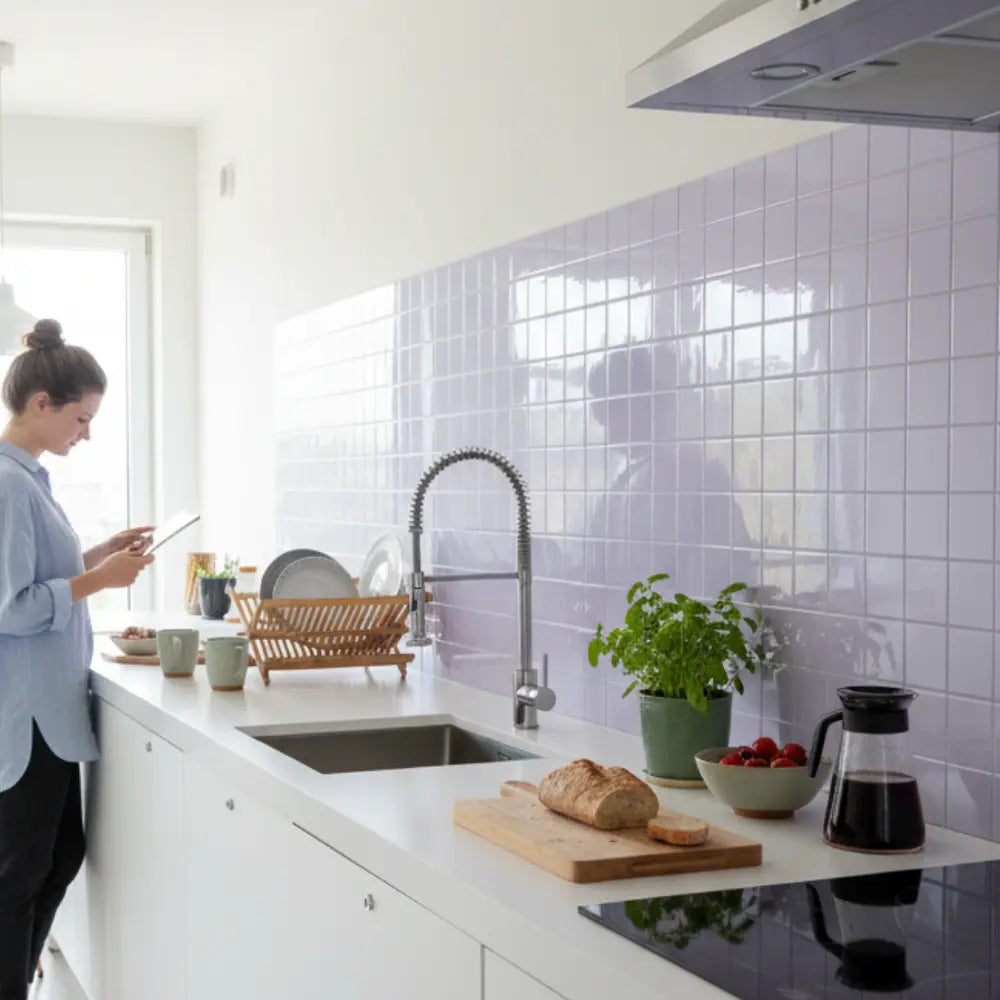
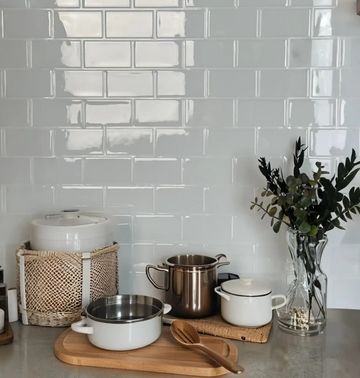
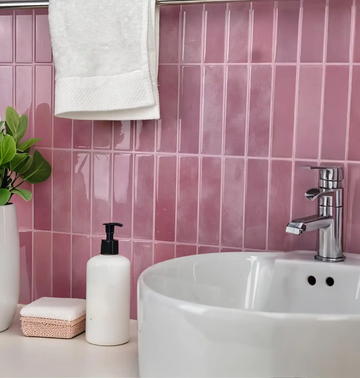
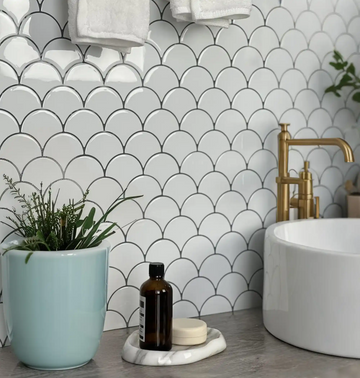
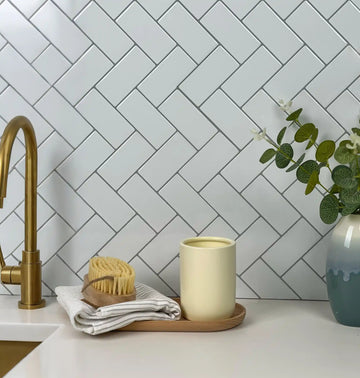
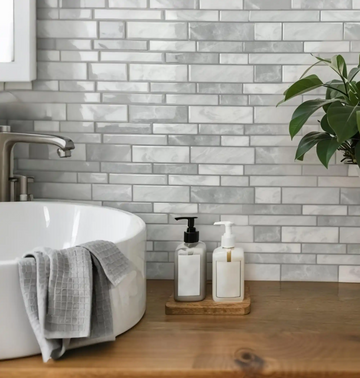
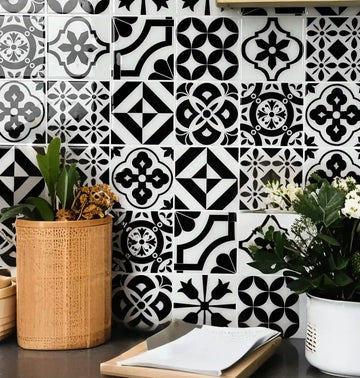
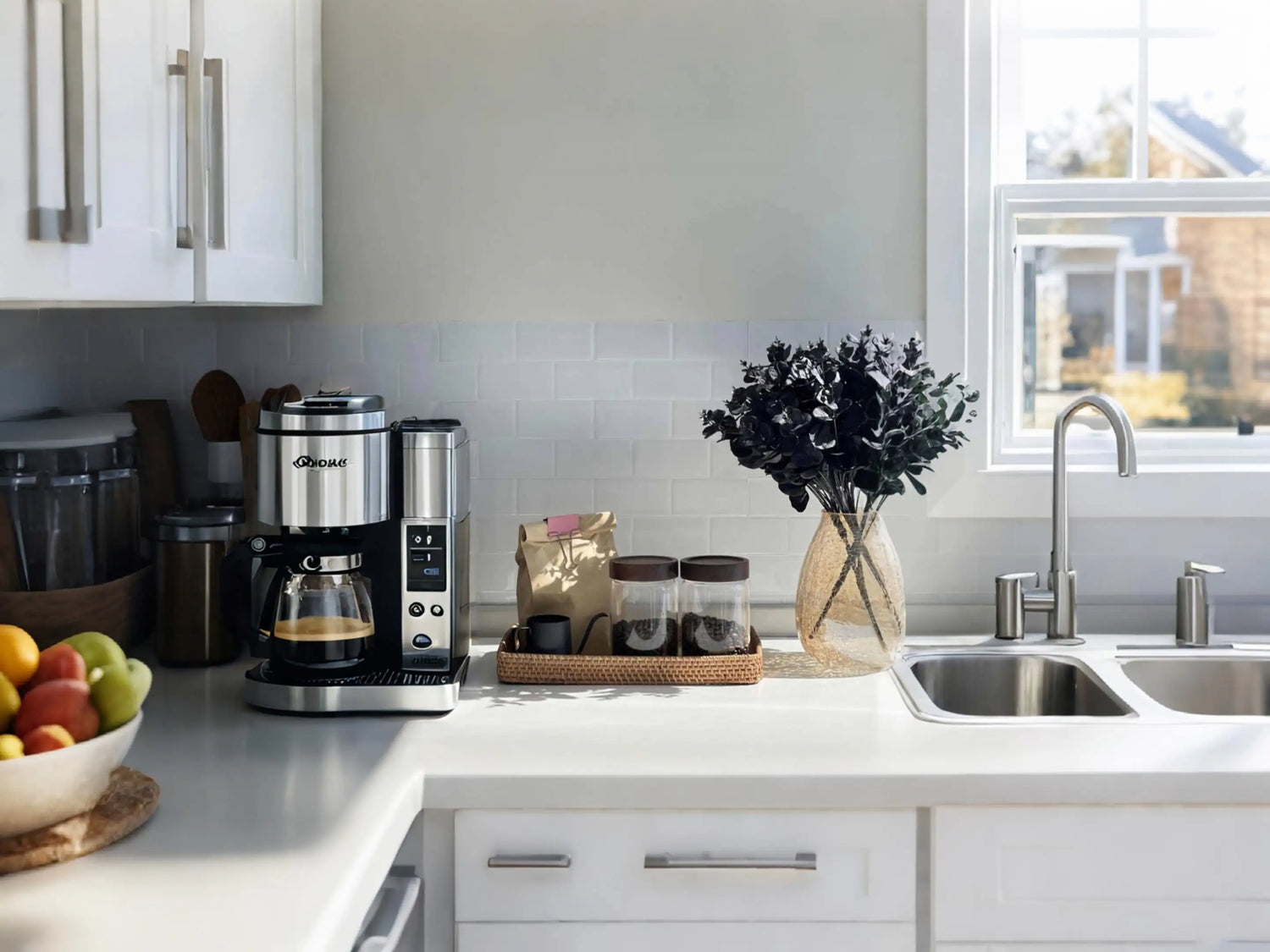
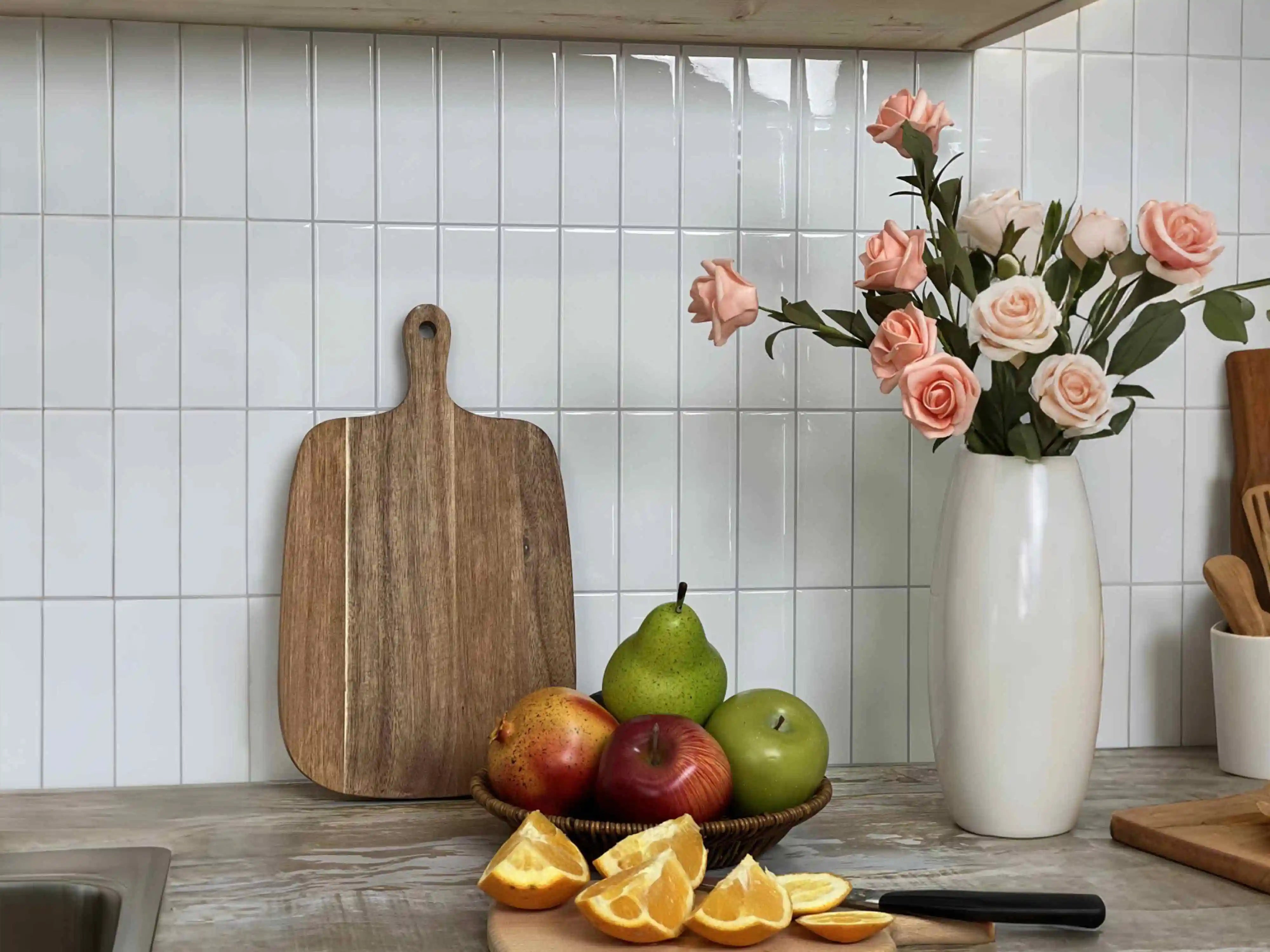
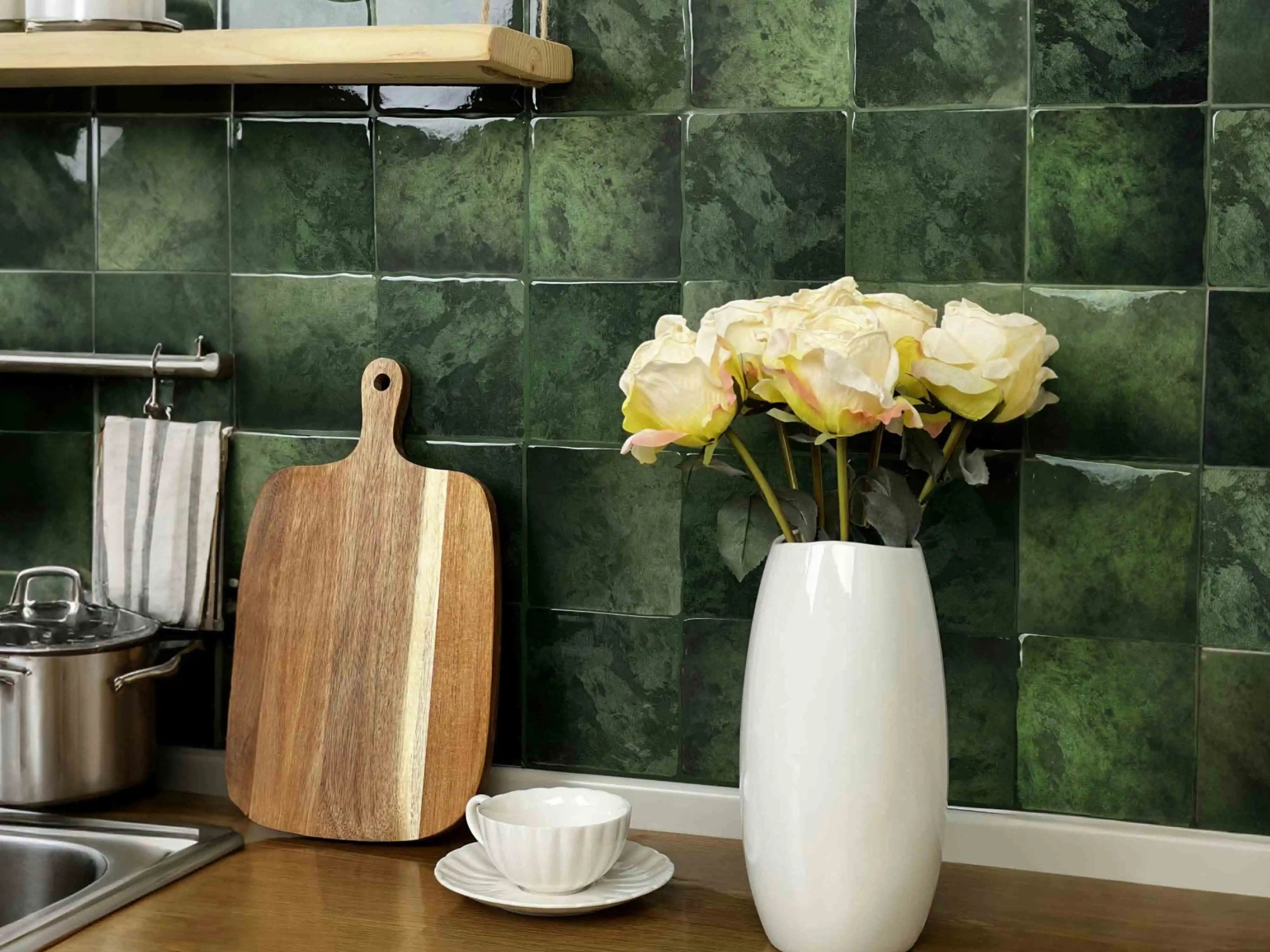
Dejar un comentario
Este sitio está protegido por hCaptcha y se aplican la Política de privacidad de hCaptcha y los Términos del servicio.